Mitsubishi F-1 - JASDF
In the mid 1960s, the Japan Air Self-Defense Force (JASDF) commenced studies into an advanced jet trainer which could also be modified to serve in the ground attack and anti-shipping roles. After considering license production of the T-38 Talon and SEPECAT Jaguar, Japan decided to develop its own trainer, the supersonic Mitsubishi T-2, this first flying on 20 July 1971. Cost over-runs in the T-2 program led to the proposed single seat attack version almost being abandoned, but the cancellation of the Kawasaki P-XL, the planned replacement for Japan's Kawasaki P-2J maritime patrol aircraft freed-up funds, while making it important to keep Japan's aviation industry employed, and contracts were awarded for the development of the attack version as the FS-T2kai in 1973.
The new aircraft was a minimum change derivative of the T-2, with the rear cockpit being converted to an avionics bay by removing the rear seat, and replacing the canopy with a simple unglazed access hatch. Two additional hardpoints were fitted under the wing to allow carriage of a heavier weapon load, and the avionics were improved, with a new J/AWG-12 radar set, similar to that fitted in British Royal Air Force F-4M Phantom fighter jets. This set provides ranging information. Aside from the avionics changes, deletion of the rear seat, and new one-piece canopy, the only other major change from the T-2 was the strengthening of the airframe to enable it to carry a larger weapons load than the T-2. The F-1 is fitted with an internally mounted 20 mm JM61A1 Vulcan cannon with 750 rounds of ammunition. The aircraft also has seven external hardpoints for the carriage of a wide variety of stores. The fuselage hardpoint and inboard pair of underwing hardpoints are plumbed for external fuel tanks to increase the aircraft's range. The primary weapon of the F-1 is the ASM-1 and the newer ASM-2 long-range anti-ship missile. This weapon is roughly in the class of the American AGM-84 Harpoon or French AM.39 Exocet. Other weapons carried include the all-aspect short-range heat-seeking AIM-9 Sidewinder air-to-air missile for air-to-air combat. This weapon is carried on the wingtip rails usually, but it can also be carried on the outboard underwing hardpoints for the F-1's secondary air defense role. Other air-to-ground weapons carried include rocket pods (JLAU-3/A) of 70 mm size as well as bombs of 227 kg and 340 kg in size (Mk82 and M117 respectively). In addition, the Mk-82 and M117 bombs can be fitted with infrared guidance kits, turning them into precision-guided weapons that home in on heat radiation emitted from seaborne targets such as ships or other ground-based targets. When fitted with this kit, the bomb becomes known as GCS-1.
The F-1 was replaced by the F-2 (Japan/U.S. developed, based on the F-16C/D), as well as upgraded F-4EJ Kai Phantom IIs. The last six active F-1s, based at Tsuiki in Fukuoka Prefecture, were retired on 9 March 2006, having reached the 4,000 hour limit of their airframes.
- Blogger:
https://littledragonblue-modelismo.blogspot.com
- Instagram:
https://www.instagram.com/modelismo.militar
- Suport this Channel (My affiliate store):
https://samoreira.eu/store/?modelismo
Thank you for your support 👍
copyright©:
Music: Slynk - Doctor Momentum
Wikipedia: https://en.wikipedia.org/wiki/Mitsubishi_F-1
#modelkits
-
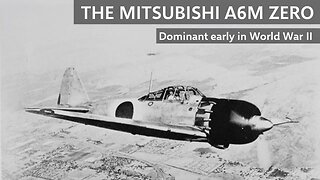 15:09
15:09
History Facts
11 months agoThe Mitsubishi A6M Zero
162 -
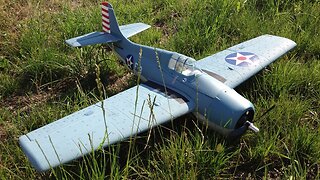 4:28
4:28
GBLynden's RC
10 years agoParkzone F4F Wildcat WWII Warbird RC Plane in a Big Field
10 -
 3:33
3:33
GBLynden's RC
6 years agoFreewing F-16 & Freewing MiG-21 EDF Jets Formation Flying
64 -
 3:35
3:35
GBLynden's RC
10 years agoParkzone F4F Wildcat WWII Warbird RC Plane at Bender Field
16 -
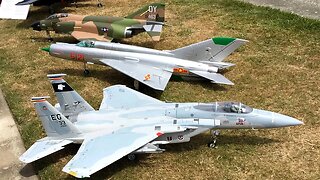 5:39
5:39
GBLynden's RC
5 years agoFreewing MiG-21, Freewing F-4 Phantom II, & Freewing F-15 Eagle EDF Jets
32 -
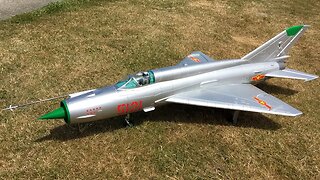 3:34
3:34
GBLynden's RC
5 years agoFreewing MiG-21 80mm EDF Jet Fighter Performing High Alpha Maneuvers at Warbirds Over Whatcom
4 -
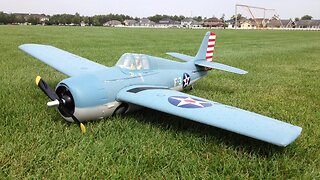 2:45
2:45
GBLynden's RC
9 years agoParkzone F4F Wildcat WWII Warbird RC Plane BNF Parkflyer
22 -
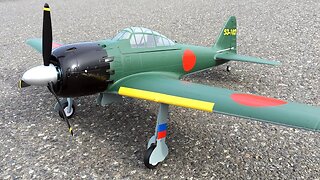 3:33
3:33
GBLynden's RC
7 years agoMaiden Flight - HSD Zero Fighter 1100MM RC Plane Japanese WWII Warbird
33 -
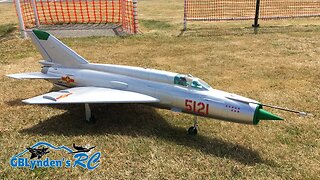 3:08
3:08
GBLynden's RC
3 years agoFreewing MiG-21 80mm EDF Jet Fighter High Alpha Maneuvers At Warbird Event
6 -
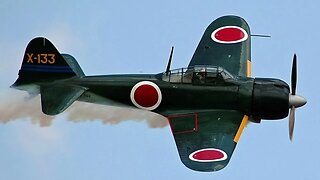 5:50
5:50
World War Stories
8 months ago $0.02 earnedThe Rise and Fall of the Japanese Zero Fighter: World War II's Iconic Aircraft
79